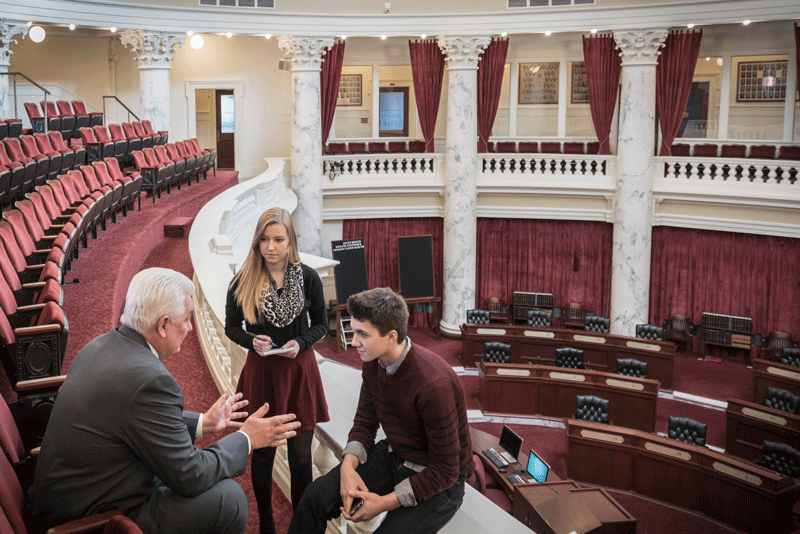
Government Shutdown: The Sequel
Just three weeks after the federal government shut down for five days, it shut down again. This time, though, you may have missed it: it shut down at 12:01am last Friday and was reopened again by the next morning. Here, Election Central takes a look at the events leading up to the second government shut down of 2018, and why it ended so quickly.
So What Happened?
When the federal government shut down three weeks ago, it only reopened because Democrats agreed to sign off on a temporary spending bill. The goal of the bill was to keep the government up and running long enough for both parties in Congress to come together and figure out a more long-term solution to the debate over spending and immigration. But for the most part, that didn’t happen. While some concessions were made on both sides, the new bill was hardly well-received.
This newest version of the spending bill actually went further toward pleasing Democrats, who were afraid that the bill would slash funding to important social programs. Far from that, the new bill actually increases spending by about $300 billion over the next two years. While the majority of that ($160 billion) will go toward the military and defense, roughly $128 will be invested in domestic programs.
This plan didn’t go over well with many conservatives, especially Senator Rand Paul, who was vocally opposed to it. In the mind of Paul and other Republicans, the government already spends far too much and is deeply in debt, and so spending should be drastically curbed. The newly-proposed spending plan, Paul argued, is not responsible.
What Role Did Immigration Play This Time?
One issue on which Democrats stood firm was fixing the DACA (Deferred Action for Childhood Arrivals) program: as of March, the 700,000 “Dreamers” currently protected could potentially be deported. But the new immigration plan proposed by the Trump administration was far from what Democrats had in mind. Though it laid out a path to citizenship for 1.8 million undocumented immigrants who came to the U.S. as children, it also included $25 billion to fund Trump’s border wall between the U.S. and Mexico. It also significantly cut back on family immigration, and totally eliminated the diversity visa lottery program.
In the end, however, Democrats agreed to the new budget, even though it didn’t address immigration as they had demanded. They now hope that immigration conversations will continue in Congress and that a compromise can still be reached.
What’s Next?
Ultimately, the bill passed 240 to 186 (167 Republicans and 73 Democrats voted in favor of it). The government reopened at about 5:30 am. The new budget plan keeps the government operating through March 23. After that? You guessed it . . . the federal government could potentially shut down again for the third time this year.


